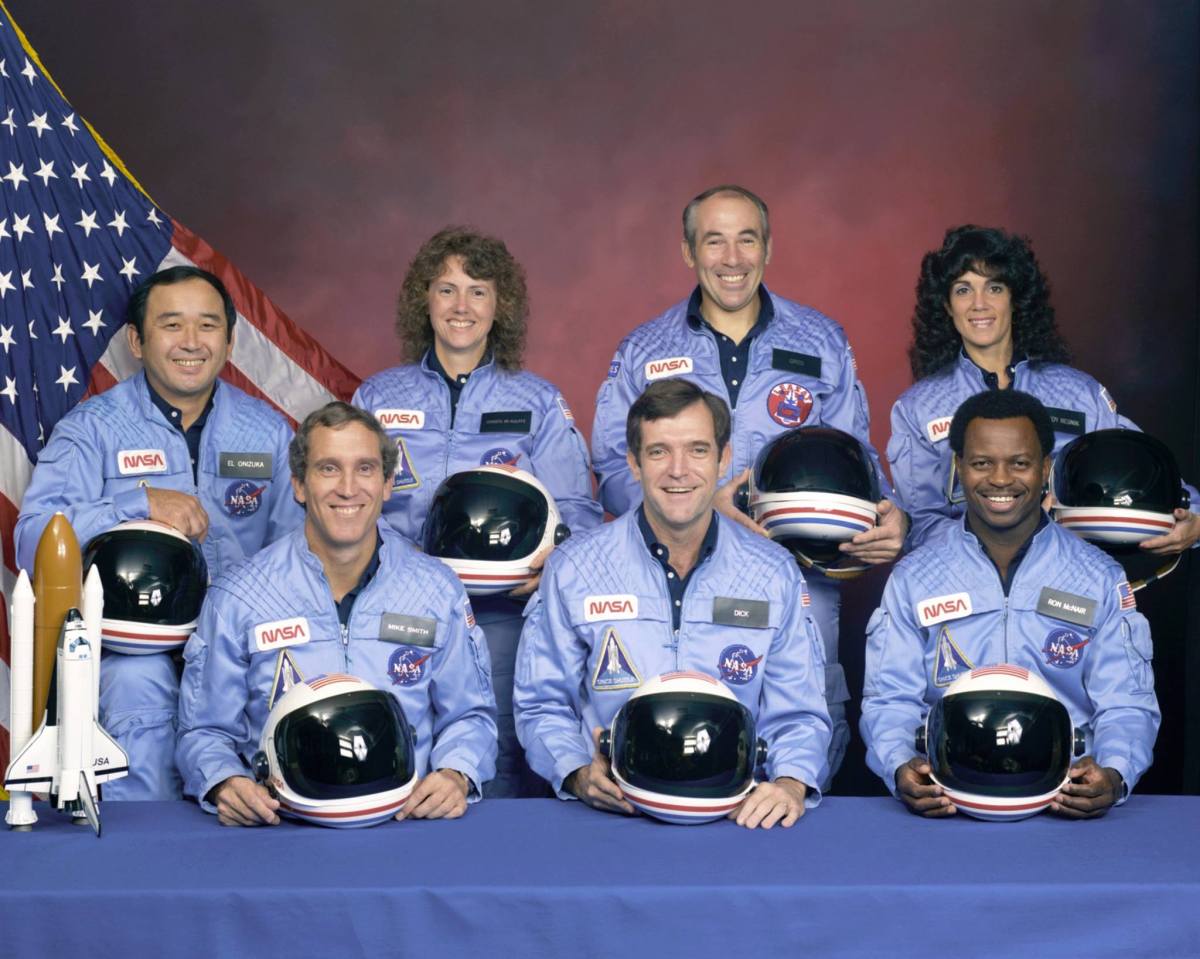 I’ve been running on an aging low end laptop for close to a year now, after passing down my main system to my son after his system died. The laptop I’m on now was never meant to be my main system, but an extra for testing, or something I could bring down to the shop when I wanted (since then my Nexus 7 fills that role). It’s time to think about the next computer purchase.
I’ve been running on an aging low end laptop for close to a year now, after passing down my main system to my son after his system died. The laptop I’m on now was never meant to be my main system, but an extra for testing, or something I could bring down to the shop when I wanted (since then my Nexus 7 fills that role). It’s time to think about the next computer purchase.
And I’m torn.
It’s no secret that I’ve been critical of the “tabletization” of the desktop OS. I’ve generally liked Windows 7, and also like Linux. I like how Linux works, it’s open source philosophy, and customization options. That said, I’m a support engineer, which means I spend my day fixing broken systems (in my case a storage virtulization solution, which is built on top of Linux). I am finding that when I come home, especially now that I am getting more into video creation for my other blog, I have an increasing desire to not have to fix, tweak, or jump through a bunch of hoops to “get stuff done”.
So step one is to look at user requirements. What is the “stuff” I’m looking to “get done”? In short:
- Web (and email, but I use the web interface of Gmail, so include it under web)
- Office apps (whether it be MS Office or an alternative such as LibreOffice)
- Sketchup (formerly by Google, since sold to Trimble)
- Netflix, Hulu, watching DVDs
- Music (Play and manage local files, as well as services such as Spotify)
- As previously mentioned, video (and audio) creation and editing
Now what are the options I am considering? I should note that I’ve been running Ubuntu 12.10 for the last couple of months on this old laptop as an experiment to see how things will work, and to see how much I would be looking to go back to Windows 7 for a task. In short it’s been pretty good and I haven’t had a huge reason to want to go back to Windows, with one exception: video creation and editing. More on this below.
Options I’m considering in no particular order:
Windows 8
I don’t like Windows 8. No I don’t like it, Sam I am… OK, I never claimed to be Dr. Seuss. Seriously though, the Start screen (aka “Metro”) in Windows 8 is the primary reason for my distaste. I tried, using both the Developer and Consumer Previews. I won’t reiterate what I’ve already mentioned in previous posts about the new Start screen. Let’s suffice to say though I need the truck. I don’t think I should need to install third party apps, or do registry edits to make my operating system behave as the operating system with the features enabled that I use.
If I were given a free Windows 8 system now, the first thing I would do is disable the Start screen and enable the traditional Start menu, either by registry edits or third party apps (less preferable) to make it more like Windows 7. Maybe I sound like a grumpy old man, but it really seems this was change for the sake of change, not added usability. I will say it makes sense for mobile, but that then brings me back to the point I’ve made in the past that when a mobile experience is what I need, I’ll reach for my tablet or phone. When I am on a desktop/laptop, it’s because I need it to do something more. The experience on the desktop vs. mobile does not need to be the same. The one plus that Windows 8 has going for it is the reported performance improvements.
Windows 7
You can still get systems with Windows 7, or I could buy a system with Windows 8, then install 7 instead (but that then counts as buying an OEM licence for Windows 8). I said that I generally like Windows 7. My concern here is support. Officially, their site states that mainstream support ends January 2015 (extended is 2020, but this is only available to corporate customers). I generally get, and expect, more than two years of service from my systems, especially if I am paying a bit more for better than low end hardware.
Linux
I like Linux. I like how it works (navigating both the GUI and CLI), and have played with several distributions. I mentioned that I am currently running Ubuntu 12.10. I have also used to varying degrees previous versions of Ubuntu (and derivatives) and Linux Mint as my main usage distro, and others for testing them out. Unity has grown on me some, and I consider it superior to Windows 8 Start environment… at least in Unity, it still acts like a desktop. I’m not crazy about the inclusion of web in the search, but at least this is easily turned off. At times, I’ve had some sluggishness, but I would not want to pin blame on Unity, since I am running on older hardware and it could be either (or both).
I like that Linux stands for freedom of choice, customization, and the control it provides. What is an issue still though is options for video creation and editing. There are some promising projects, but they are not where they need to be yet. I’ve tried Openshot, Kdenlive, and Cinelerra. The learning curve is a bit much for what I’m looking to do when it comes to Cinelerra. I had issues with Openshot bringing in captions (using Inkscape, there is no internal way that I know of to do it), and while I did get a movie edited with Kdenlive, I found it odd that I needed to relaunch it using sudo in order to have it render the video. This isn’t exactly what I have in mind when I state I’m in the mode of “getting stuff done”. Linux is great, but for me, it’s clear there are still limitations that will prove frustrating in everyday use. I will still continue to use it though as a “hobbyist” either on a test system, and/or a virtual machine.
Mac
It’s been a long time since I’ve used a Mac. When I did, I generally liked it, although it was not my primary system. When I was in a network support/operations role, I had three systems on my desk: Windows (XP), Solaris, and Mac. Each did some things better than others. There was one other time I considered buying a Mac for my personal use. It was back in the Windows Vista days and I had issues with performance degrading on my system. But then Windows 7 came out and fixed many of those issues. I now find myself once again considering the Mac.
I’m either odd, or just part of a larger, but much quieter group of people in that I am neither a huge Apple fan and devotee, nor an Apple hater. We have iPods and an iPad in the house, but I use Android as my main mobile environment (Nexus 7 and Galaxy Nexus). I think Apple makes high quality products, albeit expensive, that deserve thoughtful consideration. I’ve been critical of Apple at times, for example, being “paternal” (perceived attitude that they know better than the user what they want their user experience to be), or overzealous in patent litigation (huge rabbit hole here discussion here, and they are not the only guilty party). I also give them credit though. Even though it is a more controlled (or maybe because it’s a more controlled) experience, they have an environment where it is easier for most folks to “get stuff done”, especially, it seems, in the content creation area. My thinking here is if I do purchase a Mac, I would use iMovie for the video editing, then decide later if I should move to something like Final Cut or Adobe Premiere.
What are your thoughts? Anything I haven’t considered in your opinion? Please though, no flame wars :).










 I’ve been running on an aging low end laptop for close to a year now, after passing down my main system to my son after his system died. The laptop I’m on now was never meant to be my main system, but an extra for testing, or something I could bring down to the shop when I wanted (since then my Nexus 7 fills that role). It’s time to think about the next computer purchase.
I’ve been running on an aging low end laptop for close to a year now, after passing down my main system to my son after his system died. The laptop I’m on now was never meant to be my main system, but an extra for testing, or something I could bring down to the shop when I wanted (since then my Nexus 7 fills that role). It’s time to think about the next computer purchase.